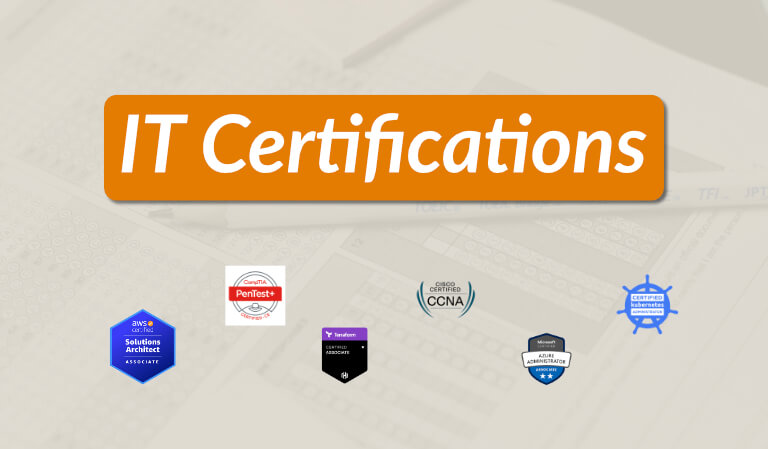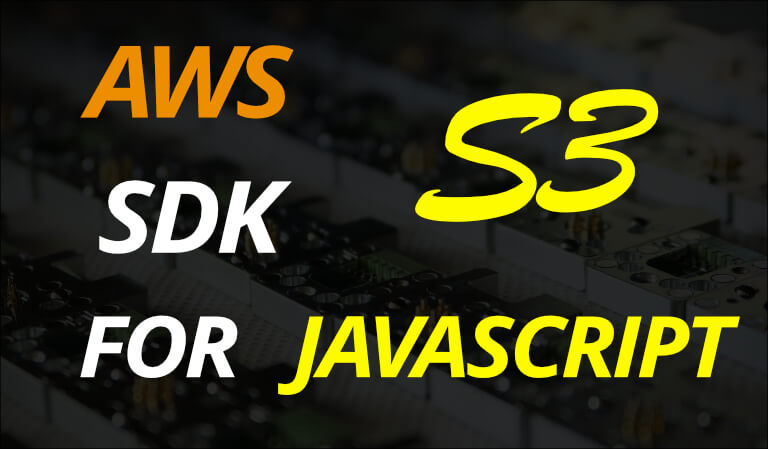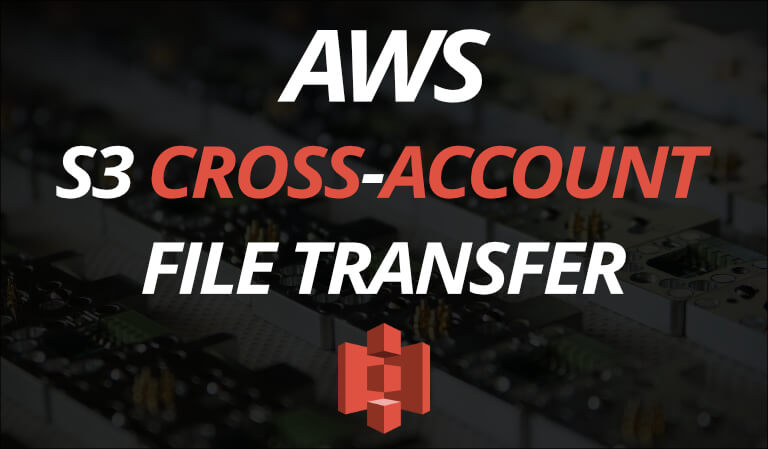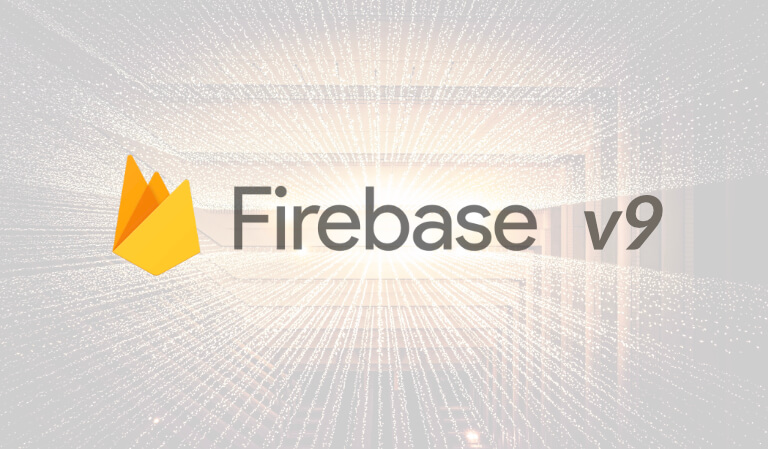· Travis Rodgers · Cloud · 4 min read
How to Use ClusterRoleBinding With A ServiceAccount in All Namespaces (or a few)
- What is Kubernetes RBAC?
- What are the differences in Role, ClusterRole and Binding?
- How to use ClusterRoleBinding with a ServiceAccount in All Namespaces
- 1. Create your ServiceAccount
- 2. Create a ClusterRole
- 3. Create a ClusterRoleBinding
- Restrict ClusterRoleBinding to a couple of namespaces only
- Conclusion
What is Kubernetes RBAC?
RBAC stands for Role-Based Access Control which is a way of regulating users by their role.
What should they have access to? What scope? What actions?
And the Kubernetes RBAC API has four objects. They are
- Role
- ClusterRole
- RoleBinding
- ClusterRoleBinding
What are the differences in Role, ClusterRole and Binding?
For simplicity sake, we’ll describe them like this:
A Role sets permissions within a particular namespace while a ClusterRole is a non-namespaced resource.
So one is restricted to a namespace, the other is not. Simple enough.
A Binding grants permissions defined in a Role or ClusterRole to a user or set of users.
These are called Subjects and include ServiceAccounts, Users, or Groups.
A RoleBinding grants permissions to a role in its namespace while a ClusterRoleBinding grants cluster-wide access.
So for example:
- ClusterRole + ClusterRoleBinding = All Namespaces
- ClusterRole + RoleBindings = Particular Namespaces
- Role + RoleBinding = Same Namespace
How to use ClusterRoleBinding with a ServiceAccount in All Namespaces
1. Create your ServiceAccount
What’s the subject of your ClusterRoleBinding? A group? A user?
Well in our case it’s a ServiceAccount.
A ServiceAccount provides an identity for processes that run in a Pod.
Let’s create that first in the dev namespace.
apiVersion: v1
kind: ServiceAccount
metadata:
name: my-serviceaccount
namespace: dev
2. Create a ClusterRole
A ClusterRole can grant the same permissions as a Role. However, ClusterRoles are “cluster-scoped” so you can use them, among other things, to grant access to namespaced resources across all namespaces.
Let’s create a ClusterRole that grants read access to secrets in all namespaces. (We’ll look at how to restrict namespaces later).
apiVersion: rbac.authorization.k8s.io/v1
kind: ClusterRole
metadata:
# "namespace" omitted since ClusterRoles are not namespaced
name: my-secrets-clusterrole
rules:
- apiGroups: [""]
resources: ["secrets"]
verbs: ["get", "watch", "list"]
3. Create a ClusterRoleBinding
The ClusterRoleBinding simply grants the permissions defined in our ClusterRole above to a User(s), Group(s), or ServiceAccount(s). We want the latter.
apiVersion: rbac.authorization.k8s.io/v1
kind: ClusterRoleBinding
metadata:
name: read-secrets-global
subjects:
- kind: ServiceAccount
name: my-serviceaccount # name of your service account
namespace: dev # this is the namespace your service account is in
roleRef: # referring to your ClusterRole
kind: ClusterRole
name: my-secrets-clusterrole
apiGroup: rbac.authorization.k8s.io
And now your ServiceAccount, which again is your identity for processes that run in a Pod, has access to all namespaces.
And that’s how you grant a ServiceAccount access to all namespaces in a Kubernetes cluster.
But what if you only want to grant access to a couple of namespaces only?
For that, you need to use RoleBindings.
Restrict a ClusterRole to a couple of namespaces only
If you don’t want access to all namespaces and only a few instead, you need to attach your ClusterRole to a RoleBinding.
And you’ll need a RoleBinding for each namespace.
So to do this:
- Create your ServiceAccount as we did above.
- Create your ClusterRole again as we did above.
- Attach RoleBindings (not a ClusterRoleBinding) to your ClusterRole.
So using our ClusterRole above, let’s say I wanted to grant access to read secrets in the dev namespace AND the staging namespace, but NOT to a prod namespace.
I would create two RoleBindings (one for each namespace) and attach them to my ClusterRole. It would look like this:
apiVersion: rbac.authorization.k8s.io/v1
kind: RoleBinding
metadata:
name: my-secrets-1
namespace: dev
roleRef: # points to my ClusterRole
apiGroup: rbac.authorization.k8s.io
kind: ClusterRole
name: my-secrets-clusterrole
subjects: # points to my ServiceAccount
- kind: ServiceAccount
name: my-serviceaccount
namespace: dev
---
apiVersion: rbac.authorization.k8s.io/v1
kind: RoleBinding
metadata:
name: my-secrets-2
namespace: staging
roleRef: # points to my ClusterRole
apiGroup: rbac.authorization.k8s.io
kind: ClusterRole
name: my-secrets-clusterrole
subjects: # points to my ServiceAccount
- kind: ServiceAccount
name: my-serviceaccount
namespace: dev
And that’s how to grant a ServiceAccount access to a select few namespaces only.
Conclusion
So when you want to control access to what users can do in your Kubernetes cluster you’ll be using the RBAC API.
And the four objects: Role, ClusterRole, RoleBindings, and ClusterRoleBindings will help you achieve whichever scenario you are looking for.




